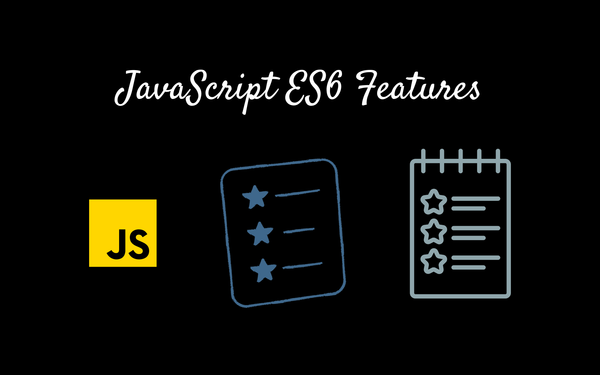Development Environment Examples for Kubernetes Developers
Kubernetes has become a dominant force in the world of container orchestration, and its popularity is showing no signs of slowing down. As more organizations adopt Kubernetes, it is essential for developers to have a good understanding of the development environment they will be working in. In this article, we will explore some development environment examples for Kubernetes developers.
Kubernetes Development Environment
A Kubernetes development environment is a set of tools and processes that developers use to create, test, and deploy Kubernetes applications. It typically includes tools for building and packaging applications, testing and debugging, and deploying applications to Kubernetes clusters. Here are some examples of Kubernetes development environments:
- Minikube
Minikube is a tool that allows developers to run a single-node Kubernetes cluster on their local machine. It is an excellent choice for developers who want to experiment with Kubernetes without the need for a full-blown cluster. Minikube is easy to set up, and it comes with many features that make it easy to develop and test Kubernetes applications.
Minikube provides a web-based dashboard that allows developers to manage their Kubernetes cluster. It also provides a command-line interface that developers can use to interact with their cluster. Minikube supports many popular Kubernetes features, including namespaces, services, deployments, and more.
- Kind
Kind (Kubernetes IN Docker) is another tool that allows developers to run a local Kubernetes cluster on their machine. However, unlike Minikube, Kind uses Docker containers to run the Kubernetes components. This approach allows developers to test their applications in an environment that closely resembles a production cluster.
Kind is easy to set up, and it comes with many features that make it easy to develop and test Kubernetes applications. Kind supports many popular Kubernetes features, including namespaces, services, deployments, and more. It also provides a command-line interface that developers can use to interact with their cluster.
- Docker Desktop
Docker Desktop is a tool that allows developers to build and run containerized applications on their local machine. It comes with a Kubernetes cluster that can be used for testing and development purposes. Docker Desktop is easy to set up, and it provides a user-friendly interface that makes it easy to manage Kubernetes applications.
Docker Desktop provides a web-based dashboard that allows developers to manage their Kubernetes cluster. It also provides a command-line interface that developers can use to interact with their cluster. Docker Desktop supports many popular Kubernetes features, including namespaces, services, deployments, and more.
- CodeReady Containers
CodeReady Containers is a tool that allows developers to create a local OpenShift cluster on their machine. OpenShift is a Kubernetes distribution that adds additional features and capabilities, such as built-in CI/CD and automated scaling. CodeReady Containers is an excellent choice for developers who want to test their applications in an environment that closely resembles a production OpenShift cluster.
CodeReady Containers is easy to set up, and it comes with many features that make it easy to develop and test Kubernetes applications. It provides a web-based dashboard that allows developers to manage their OpenShift cluster. It also provides a command-line interface that developers can use to interact with their cluster.
- Red Hat Developer Sandbox
The Red Hat Developer Sandbox is a web-based development environment that allows developers to build and deploy applications on a Kubernetes cluster. It provides a complete development environment that includes a code editor, a terminal, and a web-based Kubernetes dashboard. The Red Hat Developer Sandbox is an excellent choice for developers who want a complete development environment that is easy to set up and use.
The Red Hat Developer Sandbox supports many popular Kubernetes features, including namespaces, services, deployments, and more. It also provides built-in integration with popular development tools, such as VS Code and Eclipse.
Conclusion
In this article, we have explored some development environment examples for Kubernetes developers.




